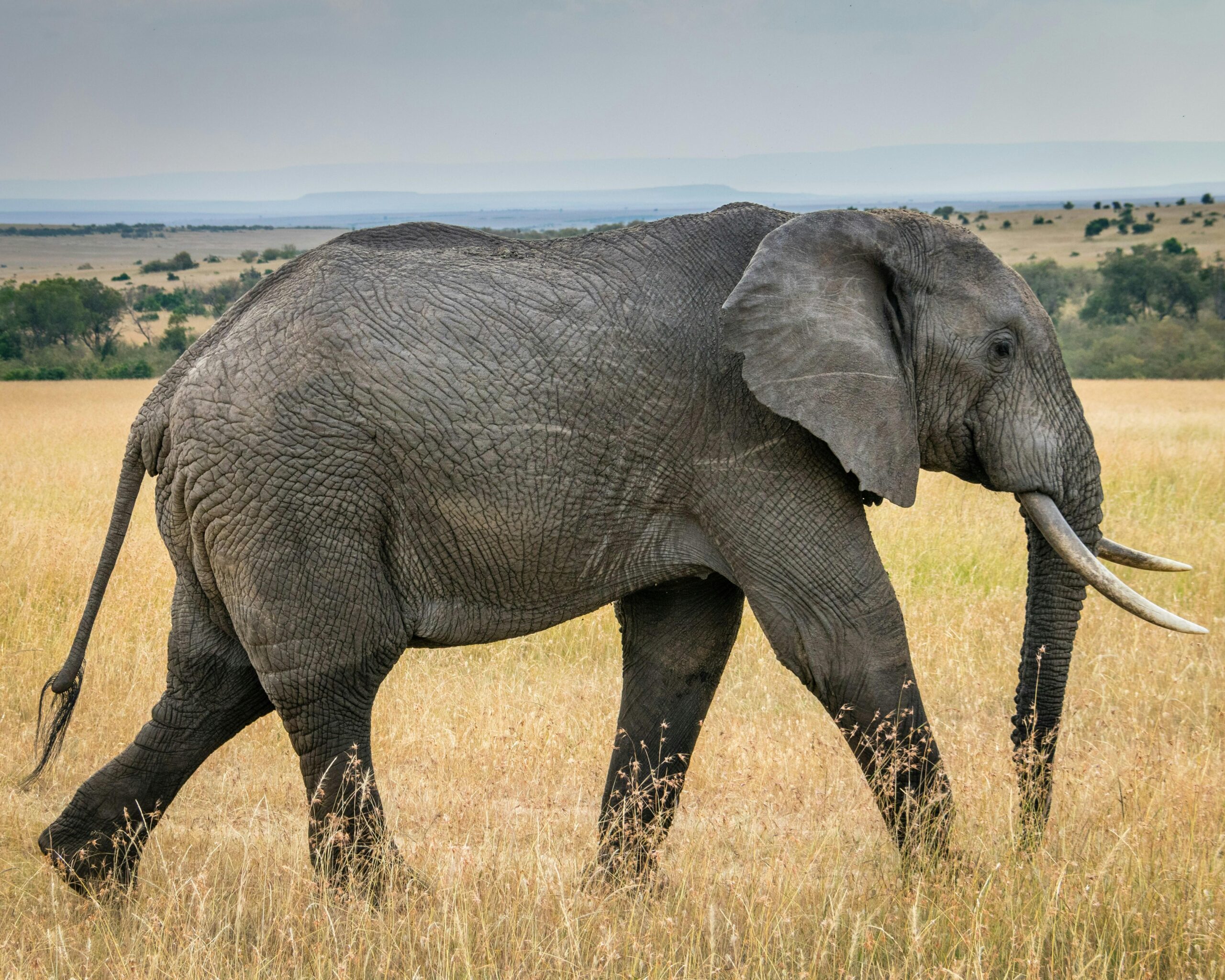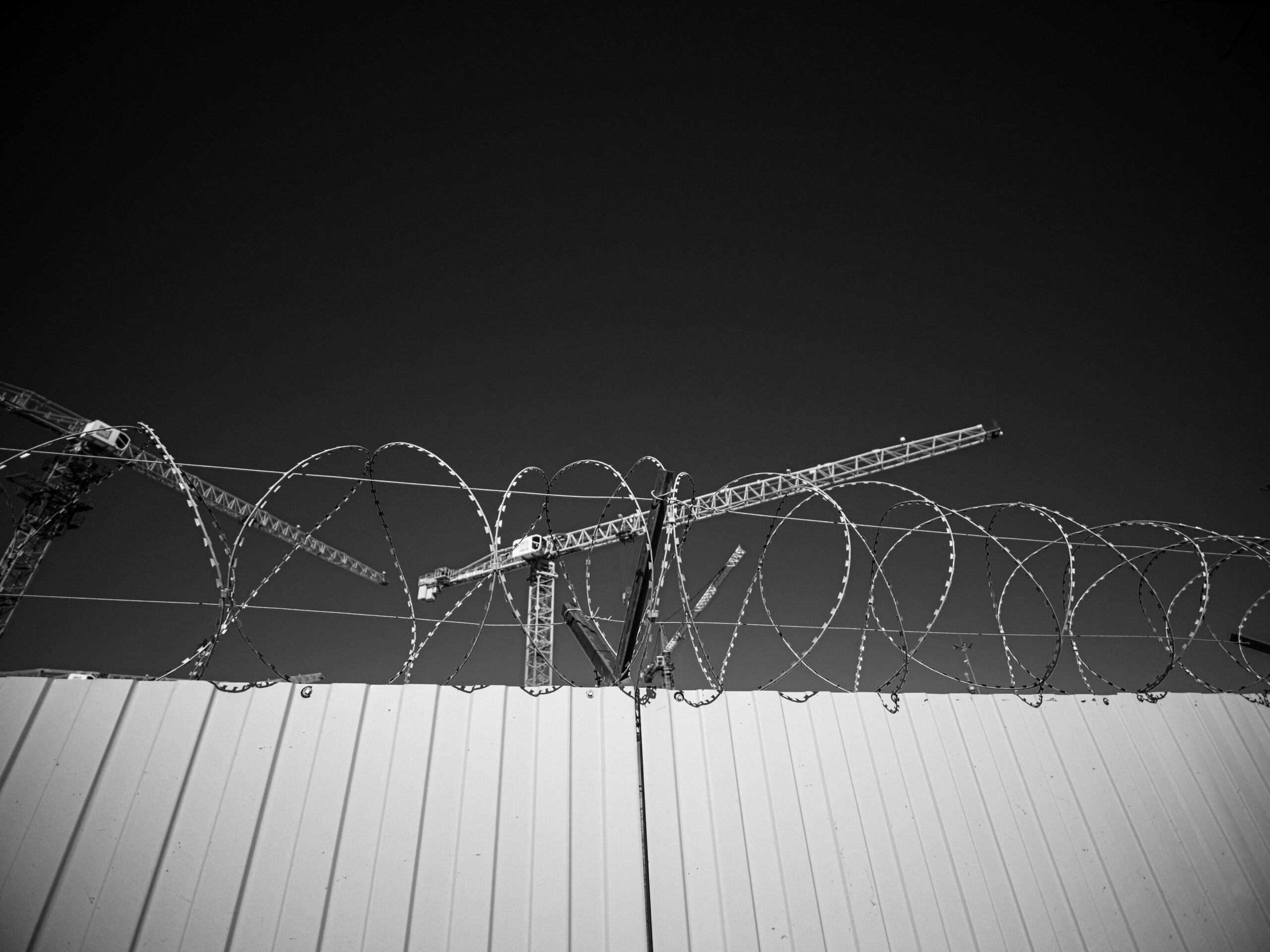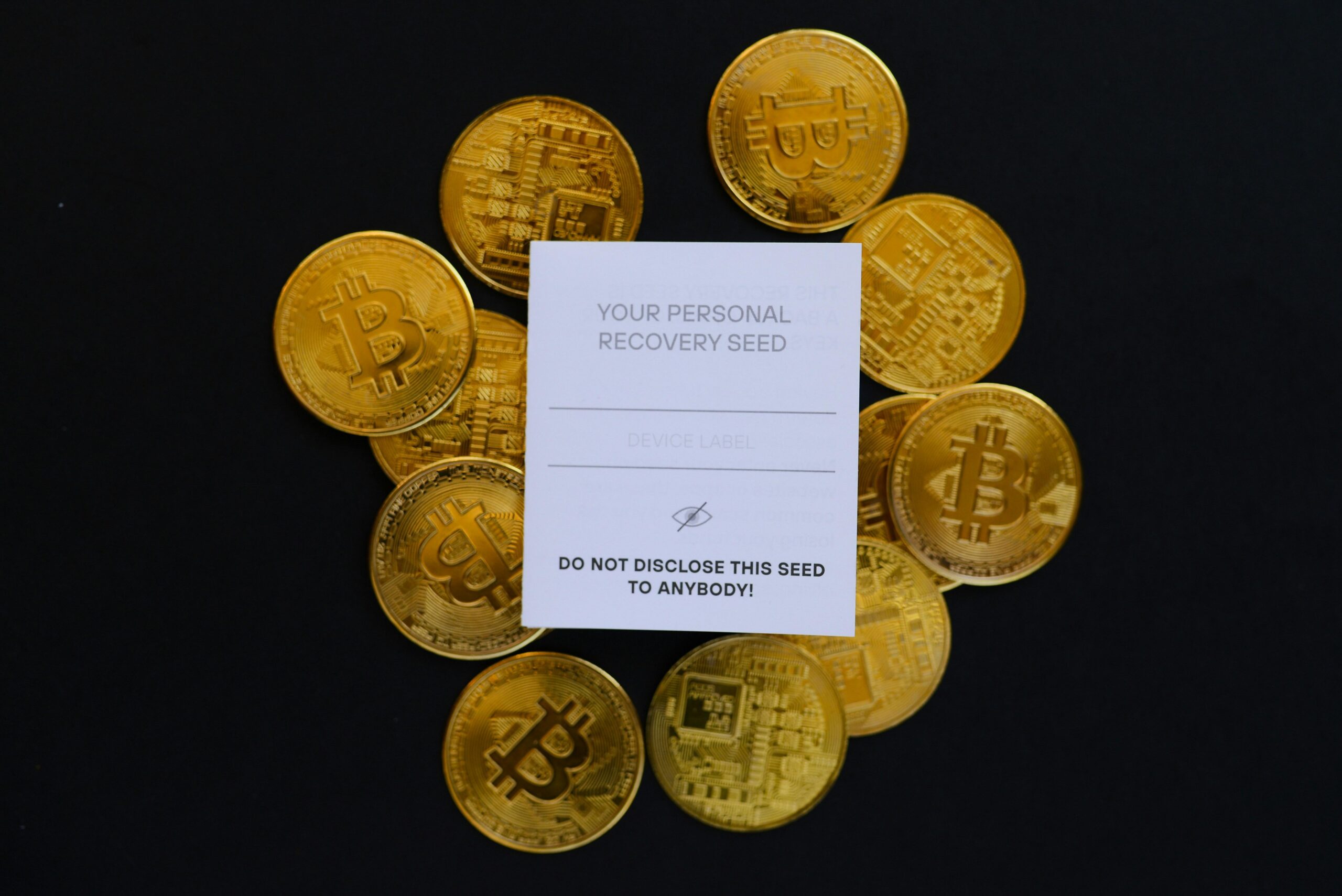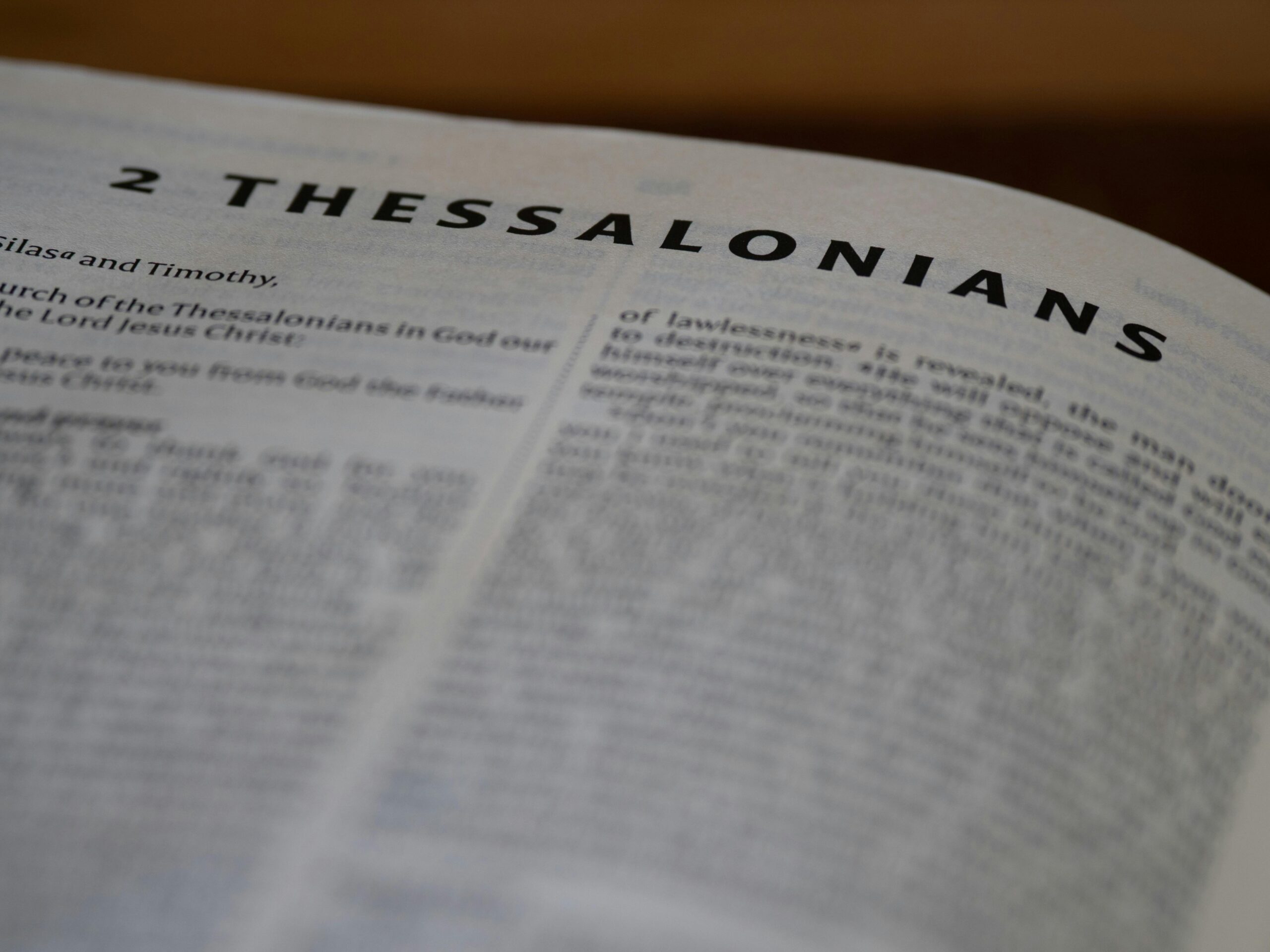When we think of the Italian Mafia, images of shadowy figures, whispered deals, and untold power often come to mind. But beyond the Hollywood clichés lies a rich and complex history that’s as intriguing as it is mysterious. In this blog, we’re taking a curious journey into the roots and evolution of the Italian Mafia—unraveling the secrets that have shaped its rise, influence, and enduring legacy. Whether you’re a history buff, a true crime enthusiast, or simply curious about one of the world’s most infamous organizations, join us as we peel back the layers and explore the story behind the myth.
Table of Contents
- The Origins and Rise of the Italian Mafia Explored
- Inside the Code of Silence The Mafia’s Unbreakable Bond
- Famous Mafia Figures Who Shaped the Underworld
- How Modern Society Can Learn From Mafia History and Prevent Crime
- In Summary
The Origins and Rise of the Italian Mafia Explored
Delving deep into the shadowy world of the Italian Mafia reveals a complex tapestry woven from centuries of social, economic, and political threads. Emerging in the 19th century rural Sicily, it began less as a criminal consortium and more as a clandestine network of protection and power amid weak governmental control. At its core, this organization capitalized on local distrust of authorities, filling a void by offering security and enforcing a strict, unspoken code of loyalty. The Mafia’s early roots are tightly linked with agrarian conflicts and the clandestine control of resources, where honor and vendetta dictated the rules of survival far more than written laws.
As the Mafia extended its reach beyond the rustic islands to mainland Italy and eventually international soil, it transformed into a complex criminal enterprise. This evolution was marked by several critical developments, including:
- Strategic alliances: forming covert ties with political figures and business magnates that shielded their operations.
- Diversified illegal ventures: ranging from extortion and smuggling to financial crimes and infiltration of legitimate industries.
- Transnational expansion: leveraging global migration patterns to establish footholds in North America and beyond.
Understanding these pivotal factors creates not just a historical perspective but an intriguing peek into the Mafia’s enduring ability to reinvent itself while maintaining a mysterious grip over certain societal sectors.
Inside the Code of Silence The Mafia’s Unbreakable Bond
At the heart of the Mafia lies an almost sacred pact that transcends ordinary loyalty—an unspoken agreement that binds its members with ironclad resolve. This bond, often referred to as *omertà*, is more than just silence; it’s a sacred code of absolute discretion and unwavering allegiance. To break this trust means more than risk—it is a betrayal that unravels the very foundation of an organization built on fear and honor. Through decades, this unyielding loyalty has enabled the Mafia to operate in shadows, weaving a complex web of influence without a single whisper escaping its ranks.
But what exactly fortifies this pact? It’s a cocktail of shared history, ritualistic gestures, and a profound sense of belonging that few outsiders can comprehend. Members embrace:
- Rituals – Ceremonies that symbolize rebirth into the family and affirm allegiance.
- Blood ties – Real or metaphorical, emphasizing loyalty above all else.
- Shared secrecy – Collective knowledge that binds members in mutual survival.
Such an intricate system creates a fortress of silence, making the Mafia not just a criminal entity, but a deeply entrenched brotherhood whose codes are woven into every decision and action. It’s this indissoluble bond that continues to confound law enforcement and fascinates curious minds alike.
Famous Mafia Figures Who Shaped the Underworld
Behind the veil of secrecy and violence, certain individuals rose to legendary status, molding the Italian Mafia into an intricate network of power and fear. Charles “Lucky” Luciano revolutionized organized crime by structuring it with a business mindset, laying the cornerstone for what would become the modern Mafia commission. Meanwhile, Vito Genovese expanded his influence with ruthless precision, turning territories into strongholds. Their stories are not just about crime but about how strategic vision and sheer audacity carved out an empire that thrived in the shadows.
Other notable names add rich layers to this dark tapestry:
- Salvatore Maranzano, the blood-stained kingpin who briefly ruled the Mafia before Luciano’s coup.
- Al Capone, whose swagger and brutality became synonymous with American prohibition-era crime.
- Joe Bonanno, the elder statesman whose memoirs offer rare peeks into Mafia life.
These architects of the underworld not only influenced illegal enterprise but also altered the social and political landscapes of their times, leaving a legacy that still captivates the imagination.
How Modern Society Can Learn From Mafia History and Prevent Crime
While the Italian Mafia is often synonymous with violence and crime, its history offers intriguing lessons about the dynamics of power, community, and trust. One notable strategy they mastered was the establishment of tight-knit networks, where loyalty was paramount and information was closely guarded. Modern society can take inspiration from this by fostering stronger community bonds and enhancing communication channels among citizens, law enforcement, and social institutions. When people feel connected and responsible for one another, it weakens the isolation that often leads to criminal activity.
Another fascinating aspect lies in the Mafia’s ability to operate a parallel system of justice and influence, which filled gaps left by formal institutions. Instead of leaving these voids unaddressed, contemporary society can focus on:
- Improving accessibility to legal and social support services;
- Promoting transparency and accountability in governance; and
- Investing in education that highlights ethical decision-making and civic responsibility.
By studying the Mafia’s profound grip on community life, society gains valuable insight into how neglect or inequality can foster criminal environments. It’s a call to build resilient, inclusive communities where crime finds no fertile ground.
In Summary
As we close the chapter on this curious exploration of the Italian Mafia’s enigmatic history, one thing becomes clear: beneath the veil of myth and mystery lies a complex web of culture, power, and survival. The Mafia is more than just crime—it’s a story shaped by tradition, loyalty, and the human desire for control and identity. There’s still so much to uncover and understand, and perhaps that’s what keeps us captivated—the endless unraveling of secrets that refuse to stay buried. So, keep your curiosity alive; after all, the story of the Italian Mafia is far from over.











